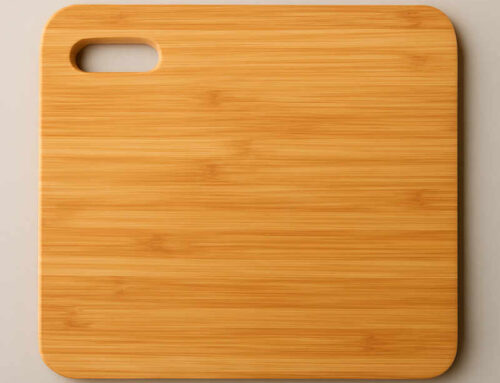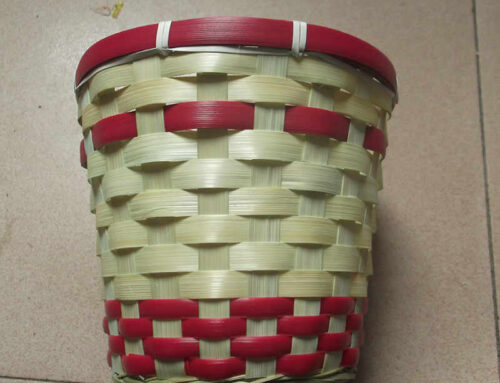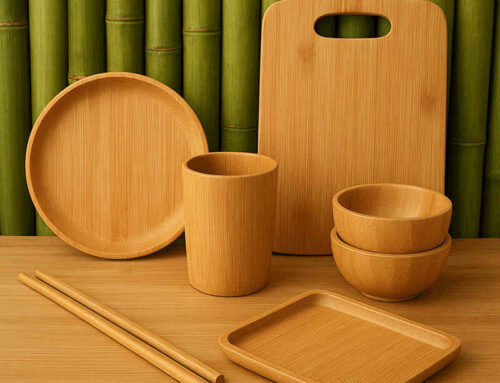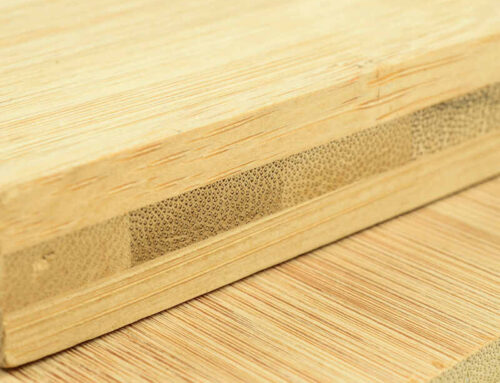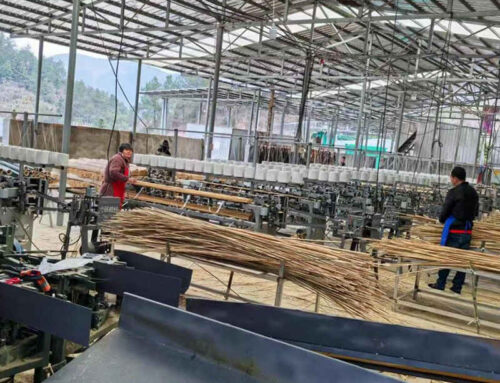In an era where sustainable materials are redefining industries, bamboo stands out as a renewable powerhouse. Among its innovative applications, bamboo strand board (BSB)—also known as bamboo scrimber—has emerged as a versatile, eco-friendly alternative to traditional wood-based panels. This article delves into the intricate production process of bamboo strand board, revealing how this “green steel” transforms humble grass into a high-performance material for modern construction and design.
- Raw Material Selection: The Foundation of Quality
The journey begins with the careful selection of mature Moso bamboo(Phyllostachys edulis), a species prized for its strength and rapid growth cycle (3–5 years to maturity). Only bamboo culms aged 4–6 years are harvested, ensuring optimal fiber density and mechanical properties.
Key steps:
- Harvesting: Bamboo is cut during its dormant season (late autumn to early winter) to minimize starch content, reducing pest susceptibility.
- Pre-processing: Nodes are removed, and culms are split into uniform strips (20–30 mm wide, 5–8 mm thick).
- Fiber Liberation: Unlocking Bamboo’s Potential
To overcome bamboo’s natural cylindrical structure, a specialized stranding process is employed: - Crushing: Bamboo strips pass through roller crushers to separate fibers while maintaining length integrity.
- Impregnation: Fibers undergo vacuum-pressure treatment with eco-friendly adhesives (e.g., PMDI or PF resins with low formaldehyde emissions).
- Drying: Moisture content is reduced to 8–12% using energy-efficient rotary dryers.
Technical innovation: Advanced manufacturers now use steamless fiber separation technology, reducing water consumption by 40% compared to traditional methods.
- Mat Formation: Precision Layering
The prepared bamboo strands are systematically oriented to create anisotropic strength:
- Cross-orientation: Strands are layered perpendicular to adjacent sheets (typically 0°/90° configuration)
- Density control: Pressure-regulated forming ensures uniform density (1.1–1.3 g/cm³)
Automated spreading machines achieve mat thickness accuracy within ±0.2 mm—critical for structural applications.
- Hot Pressing: Where Science Meets Art
The transformative stage occurs in computer-controlled multi-opening hot presses:
- Temperature: 130–150°C
- Pressure: 3–5 MPa
- Duration: 0.8–1.2 minutes per mm of board thickness
Pro tip: Progressive pressure release protocols prevent delamination while allowing resin full curing.
- Post-Processing: Engineering Perfection
The pressed boards undergo precision finishing: - Cooling stabilization: 24-hour conditioning at 20–25°C
- CNC trimming: Automated sawing to exact dimensions (common sizes: 2440×1220 mm, thickness 6–40 mm)
- Surface treatment: Sanding to Ra 3.2–6.3 µm roughness or decorative finishes (wire-brushed, carbonized, or UV-coated)
- Quality Assurance: Beyond Industry Standards
BSB exceeds conventional wood composites in performance:
| Property | Bamboo Strand Board | Typical OSB |
|---|---|---|
| MOR (MPa) | 85–120 | 20–35 |
| MOE (GPa) | 10–15 | 3–5 |
| Water Absorption (24h) | 5–8% | 15–25% |
| Fire Rating | Class B1 (GB8624) | Class B2/B3 |
Third-party certifications (FSC, CARB Phase II, CE) ensure global compliance.
Environmental Impact: The Carbon Calculus
A life cycle analysis reveals BSB’s green credentials:
- Carbon sequestration: 1 m³ BSB stores 1.2 tons CO₂ equivalent
- Energy efficiency: Production consumes 30% less energy than MDF manufacturing
- Zero waste: Byproducts are recycled into biomass fuel or bamboo charcoal
Applications: From Flooring to High-Rises
BSB’s unique properties enable diverse applications:
- Structural: Wall panels, I-joists, concrete formwork
- Architectural: Exterior cladding, acoustic ceilings
- Design: Sleek furniture, curved architectural elements
Conclusion: The Bamboo Revolution
As architects and builders seek materials that balance performance with planetary responsibility, bamboo strand board production exemplifies how ancient plants can drive modern innovation. With continuous R&D improving resin systems and production automation, BSB is poised to become a cornerstone of 21st-century green construction.
For manufacturers and designers alike, embracing bamboo technology isn’t just smart business—it’s an investment in our ecological future.

